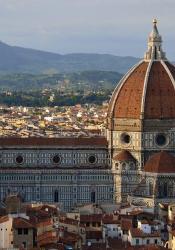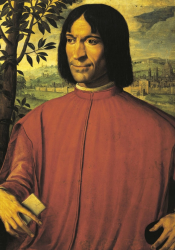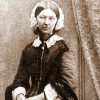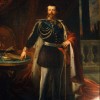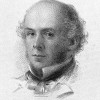Florence, Italy
Florence is the capital and most populous city of the region of Tuscany. Florence was the center of trade in medieval Europe, and it was also the birthplace of the Renaissance. The Historic Center of Florence is a World Heritage Site, and it contains several notable art galleries and churches, in addition to being an important city in Italian fashion as well as a major national economic center.
Coordinates
Latitude: 43.769560400000
Longitude: 11.255813600000
Longitude: 11.255813600000

